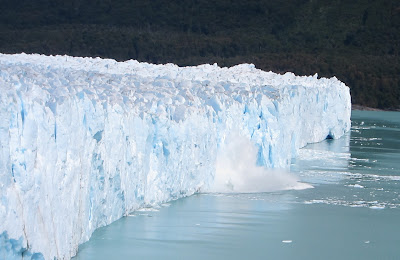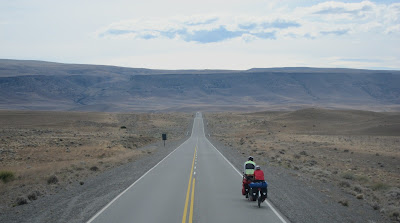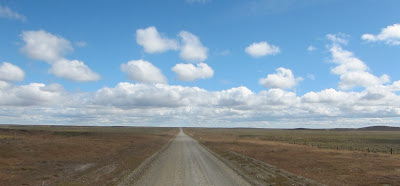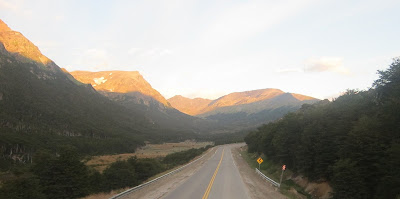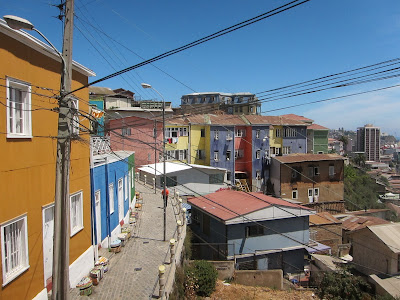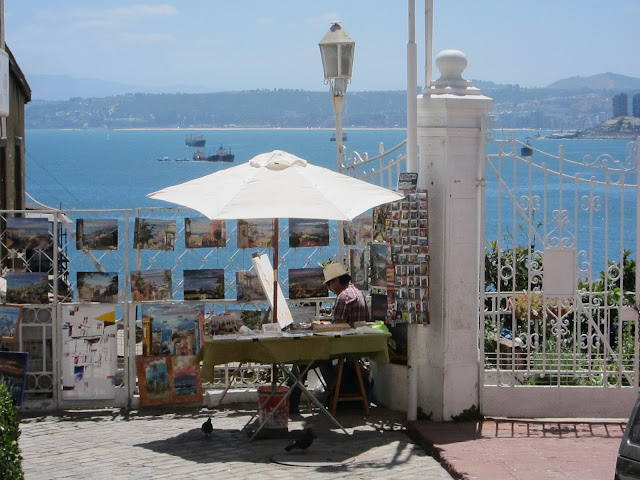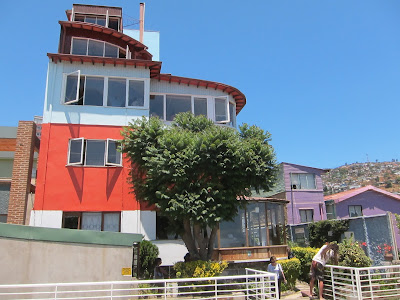Eighty kilometers from El Calafate we visited one of the most famous attractions of Argentina, the Perito Moreno Glacier, located in the Los Glaciares National Park.
This icefield of 250 km2 advances, forming a natural barrier cutting in two the Lago Argentino.
From the walking circuit – a set of walkways and lookouts at various vantage points – we could see both faces of the glacier (one on each side of the Lake), a five kilometers wide wall of ice. The wall rises up to 70 meters above the level of the Lake and hides 170 meters under the water.
The glacier seems nearly alive as every three to four minutes a piece of ice collapses utturing the noise of a cannon-shot or a flash of lightning which echoes in the immensity. The show is fascinating and we spent hours waiting for the next break of ice with our camera on.
Splash!
******
To recover from our intense program of the previous days (with a lot of hours spent in buses) we decided to stay three days in a small mountain village in the middle of the Argentinian Patagonia: El Chaltén.
The road leading there is straight and not very busy. From time to time we passed small groups of people of all ages on bicycles. The road offers quite amazing panoramas in particular just before arriving in the city.
The unique activity of El Chaltén is tourism. Trekkers and climbers from all over the world come to El Chaltén to enjoy the divine landscape and trekking trails.
We went to the Park ranger office where we got a map and a few orientations about the trails we could follow. So two days in a row we went out for nature exploration. The local landscapes are gorgeous and the paths well-marked.
As January is the peak season, all hostels were full. It was actually hard to find one, even booking four days in advance. We ended up in a Hostelling International accomodation, one of those sleeping factory that only international backpacking can produce. It felt like staying in a busy and dirty train station. The hostel was crowded, the bathrooms dirty, there was an infestation of flyes and no toilet in the entire hostel had a deadbolt!
In a bus. The foot odor is not only annoying in the dorms! :/




